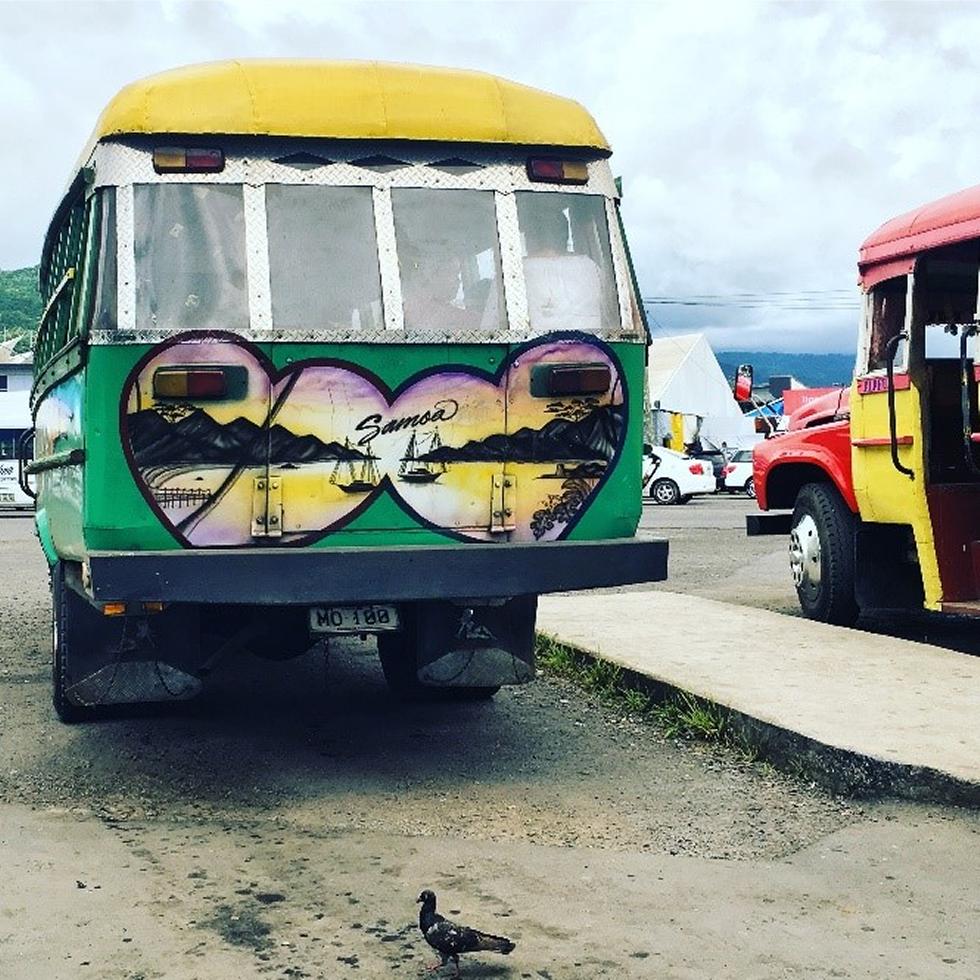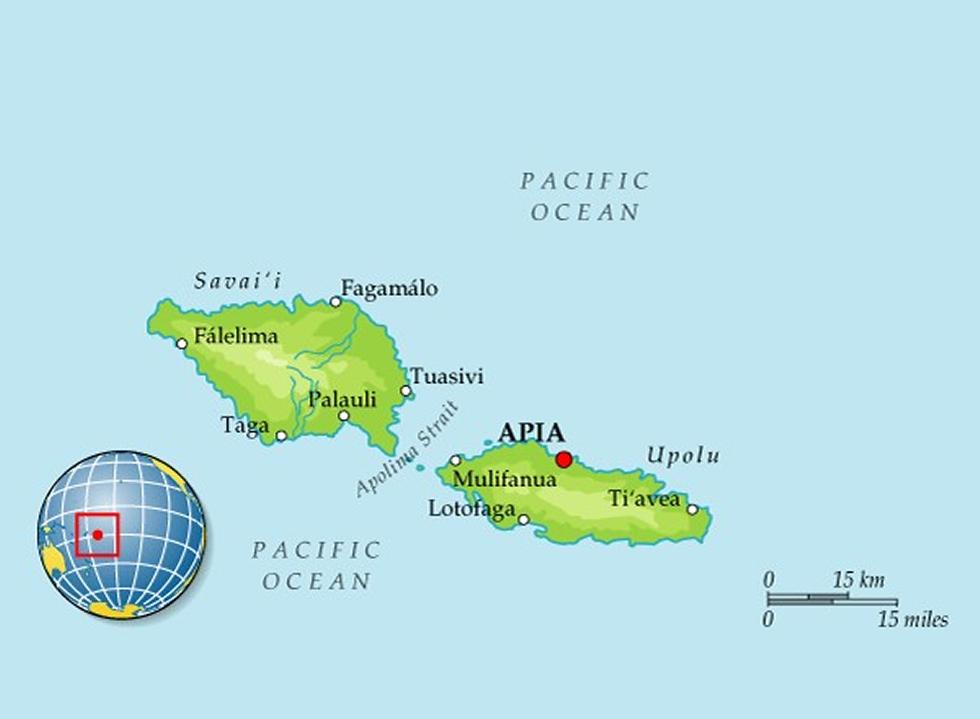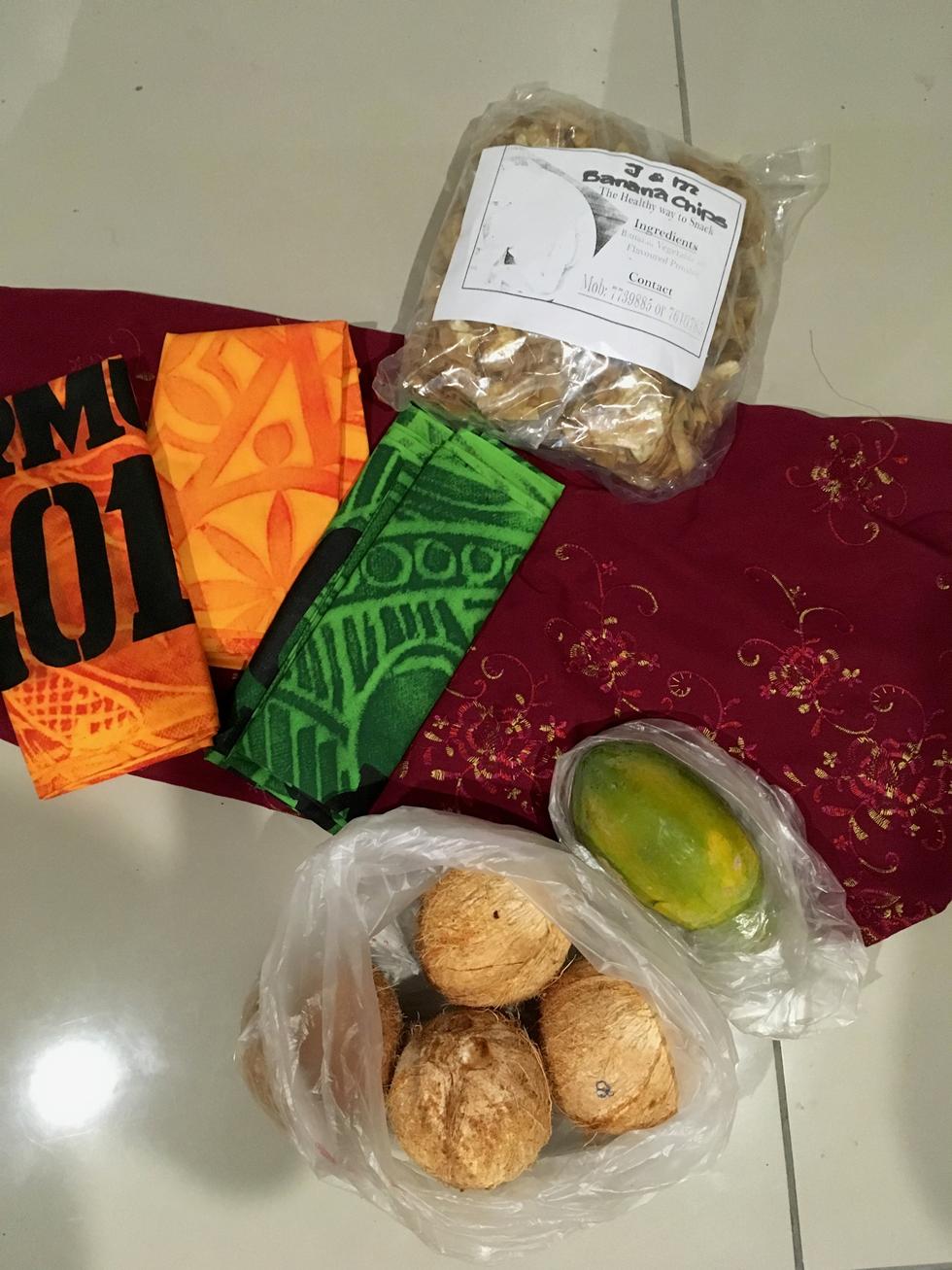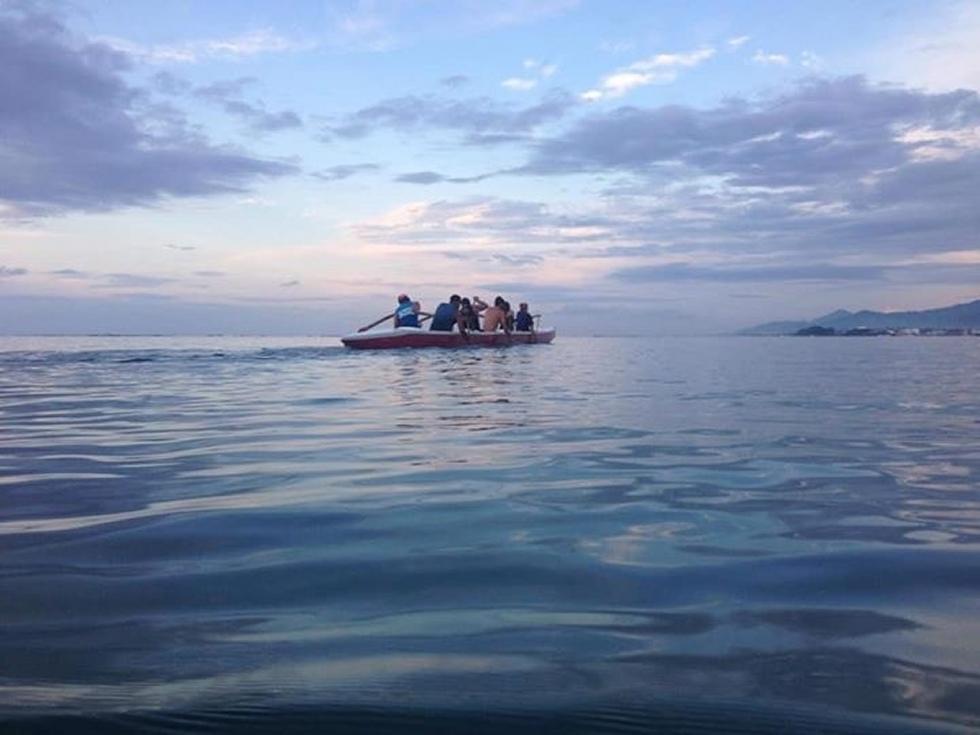I am sat at my desk in Samoa eating taro chips writing this introduction to my research and my fieldwork in Samoa. This is my first blog post ever!! I want to show what the realities of fieldwork are and to secondly create a diary for myself to reflect on my own experiences.
I thank the Samoan people for welcoming me into their country, especially the ukulele band at the airport on arrival, that was ace. By being here and annoying some people in the process, I hope to increase our understanding of cyclone management and to reduce the negative impacts of cyclones. That is the plan... I hope it works out.
Samoa, an island in the South Pacific surrounded by clear blue ocean, coral and beaches looks like paradise. A trip around the island reveals countless views of the ocean, palm trees, waterfalls, pigs darting across the road with piglets in tow and stands of coconuts being sold to thirsty travellers.
The general feel is just like Moana the movie, me and my friends finally feel like we are living in a fairy-tale (one thing you don’t feel through Moana the movie is the hot sweaty heat or the mosquito bites!).
Represented in Moana is a strong Polynesian identity. In Samoa this is called Fa’asamoa, a way of life that provides direction in the way individuals stand, walk and talk. As an English person in Samoa this way of life is difficult for me to ever fully understand, but I have to try as it is here to stay and it is integral to the daily lives of Samoans.
Traditional governance structures, known as a Fa’amatai, are a hierarchical structure of Chiefs called matai. Traditionally Samoans live in villages formed of extended families, called aiga. Every family has a matai and every village has a collection of these matai that form a Village Council. The Village Council makes decisions on behalf of the village. Every untitled person in the village has a role, from helping with children at home in the fale (a Samoan house), weaving fine mats or helping cultivate the land.
Following independence in 1962, Samoa adopted a Western style governance structure much like the United Kingdom, a democratic parliament whereby the Prime Minister is the head of government. Unlike in the UK, elements of Fa’amatai have been incorporated into government processes. I feel like some people may be nodding off so I will swiftly move on to the reason why I am here (and nick named cyclone girl).
The real reason I am in Samoa, besides trying my best to get a nice tan, is to understand cyclone management. Since 1990 (the time scale of my study), Samoa has experienced six tropical cyclones. Tropical cyclones have had devastating impacts on livelihoods and development in Samoa. As an example, Cyclone Evan that hit Samoa in 2012 cost an equivalent amount as roughly 30% of Samoa’s GDP (in 2011) in recovery expenditures.
My study aims to understand the relationship between cyclone impact at the community level and disaster management at national and local level. By understanding this relationship I hope to illustrate ways cyclones have been managed in Samoa to reduce their negative impacts. We all want Moana to have a happy ending don’t we?













